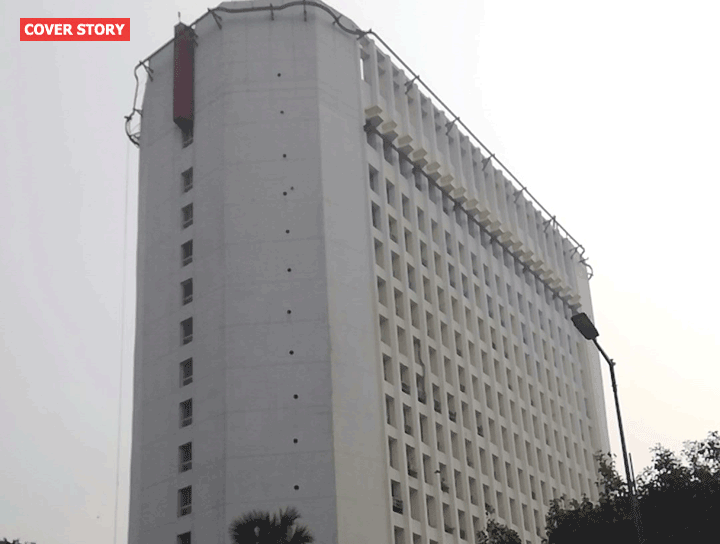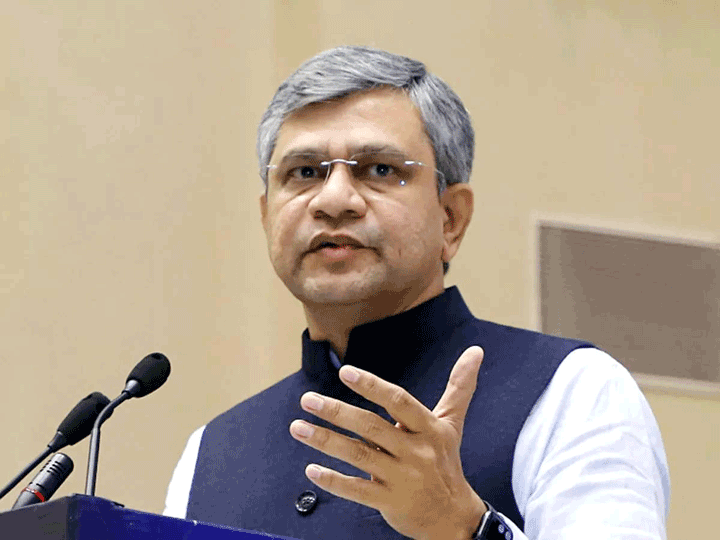Draft of new telecom policy shows fibre is a priority: Morgan Stanley
Brokerage firm Morgan Stanley said the draft of the new telecom policy has provided for increased fibre rollouts, additional spectrum that will quicken 4G/ 5G spread, simplified regulatory framework, made provisions for local manufacturing and aims bring in comprehensive data protection regime.
The telecom department on Wednesday unveiled the broad contours of the next telecom policy which will aim to attract investments worth $100 billion by 2020 in the digital communications sector, create four million additional jobs and enhance the sector’s contribution to 8% of India’s GDP from about 6% in 2017, while adhering to the principles of net neutrality.
Analysts at Morgan Stanley said that the government wants to get 60% of base stations fiberised which will accelerate move towards 4G/5G and bring fixed-line broadband access to 50% of households. This should be one of the key goals as India today has 1.5 million kilometres of optic fibre cable and less than 25% of telecom towers are fibre-connected.
Under the National Digital Communications Policy, 2018, the government plans to optimally price spectrum, review levies such as license fees and spectrum usage charges as well as M&A rules to ease exits while also taking a fresh look at spectrum sharing, leasing and trading guidelines, as part of its approach that spectrum is a key natural resource which is to be used for public benefit.
The new telecom policy draft has focused on improving public sector units, promotion local manufacturing via rationalise taxes, levies and differential duties, said the brokerage firm. Morgan Stanley in its report pointed out the government’s aim to roll out a comprehensive data protection regime for digital communications.
“The National Digital Communications Policy, 2018 seeks to unlock the transformative power of digital communications networks – to achieve the goal of digital empowerment and well-being of the people of India,” the Department of Telecommunications (DoT) said, in a 22-page document aimed at seeking public comments.
It aims to propel India’s rank in the ICT development index to top 50, from 134 in 2017.











